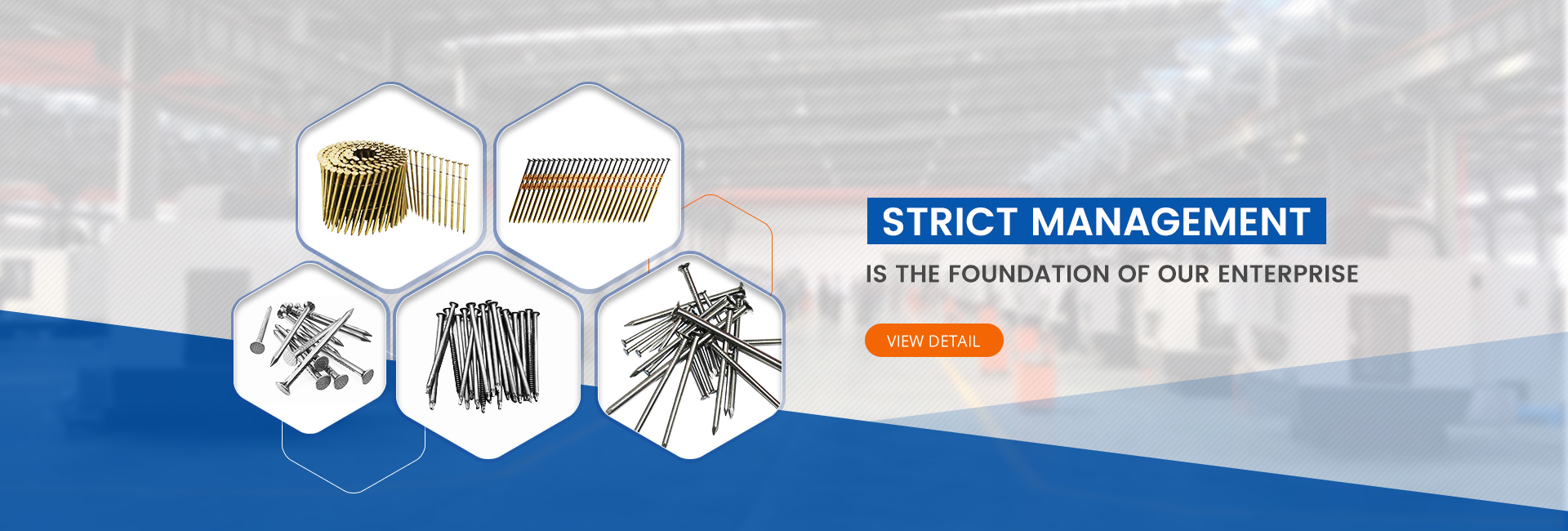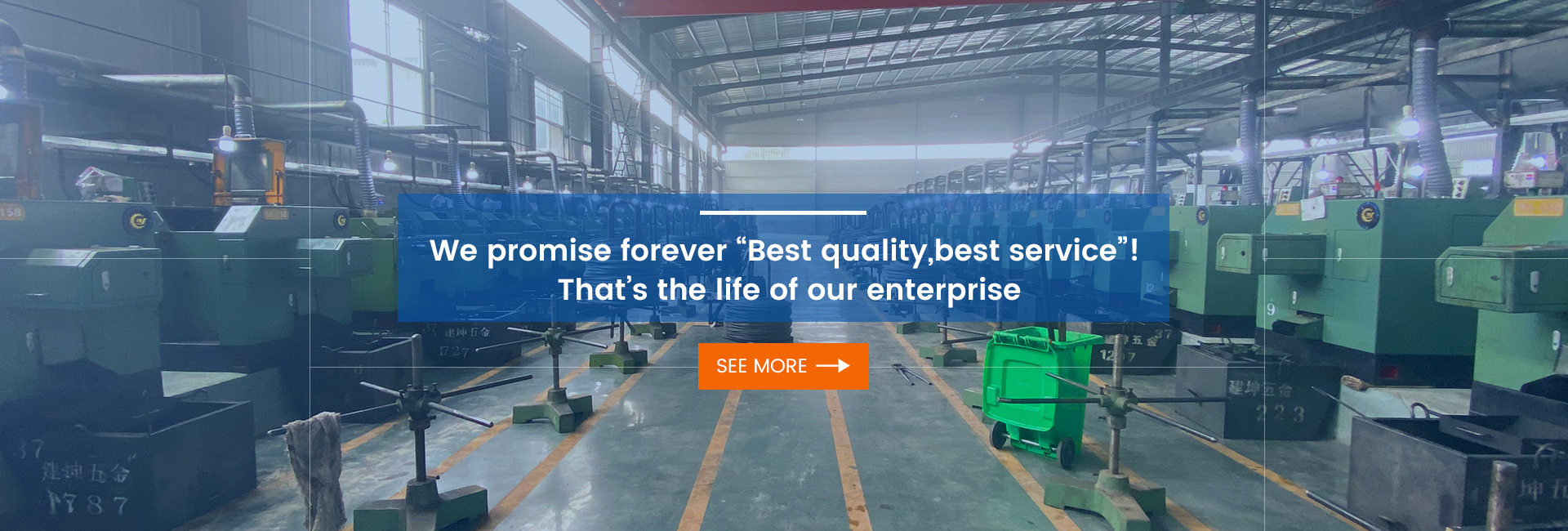In today’s fastener manufacturing industry, the cold heading machine plays a critical role. As a highly efficient metal forming machine, it processes metal wires or rods into screws, bolts, nails, and other fasteners through repeated impact at room temperature—without the need for heating. This method greatly enhances productivity, reduces material waste, and ensures consistent product quality.
1. Principle of Cold Heading
Cold heading is a metal forming process that shapes a part by applying high-speed force through dies while the material remains at ambient temperature. Compared to hot forming, cold heading saves energy, improves dimensional accuracy, and results in a smoother surface finish and superior mechanical properties.
2. Types and Structure
Cold heading machines come in various types: single-die single-blow, double-blow, double-die double-blow, and multi-station. Among these, multi-station cold headers are ideal for mass production of complex fasteners due to their ability to feed, cut, and form materials in a continuous cycle. The machine consists of feeding, cutting, pressing, and die systems, where precision and durability of each part are crucial.
3. Advantages of Cold Heading
-
High Production Efficiency – Hundreds of parts can be produced per minute.
-
Excellent Material Utilization – Minimal material waste compared to subtractive methods like machining.
-
Superior Mechanical Properties – Cold working strengthens the material, improving tensile strength and toughness.
-
Consistency and Automation – Ideal for automated lines with reliable dimensional accuracy.
-
Energy Saving and Eco-friendly – No need for heating, which supports sustainable manufacturing.
4. Applications
Cold heading machines are widely used in manufacturing screws, bolts, rivets, nails, and studs. Industries such as automotive, construction, furniture, electronics, and aerospace rely on cold heading technology. Products like drywall screws and self-tapping screws are typically cold-headed to ensure structural integrity and precise threading.
5. Trends and Innovation
With the rise of smart manufacturing, cold heading machines are evolving toward automation, CNC integration, and higher precision. Technologies such as servo systems, in-line monitoring, and predictive maintenance are improving the reliability and flexibility of these machines. Future cold headers will emphasize energy efficiency, longer tool life, and better data traceability.
6. Conclusion
The cold heading machine is not just a piece of equipment—it represents a smart, efficient, and sustainable manufacturing approach. As an essential tool in modern fastener production, it helps manufacturers achieve better quality and productivity. For any company aiming at high-end manufacturing, investing in advanced cold heading technology is a strategic step forward.

Post time: Jul-30-2025



